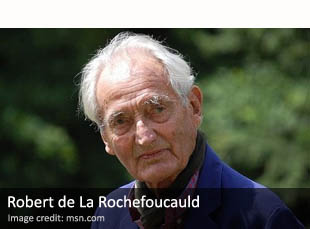More on British wartime honey-trap operative ‘FIFI’
September 22, 2014 Leave a comment
 By IAN ALLEN | intelNews.org
By IAN ALLEN | intelNews.org
New material, including photographs, has emerged on ‘agent FIFI’, a World War II-era female British intelligence operative tasked with using her good looks to test the ability of male spy trainees to withhold sensitive information. As IntelNews reported last week, FIFI was the operational codename of Christine Marie Chilver, a British subject born in London of a British father and a Latvian mother, who was educated at a German-language school in Latvian capital Riga before attending Sorbonne University in Paris. In 1941, the British Special Operations Executive (SOE) hired Chilver as a counterintelligence operative and tasked her with accosting SOE spy trainees at restaurants and bars and trying to entice them into revealing government secrets, in an effort to evaluate whether spies-in-training could “keep their mouths shut”. One declassified SOE document said FIFI was selected for the task due to her “unusual gifts of courage and intelligence”. According to British National Archives historian Jonathan Cole, FIFI became “a legend of SOE” and “a symbol of seduction”, and was rumored to have slept with a number of trainees in order to “find out whether they talked in their sleep”. Another SOE report noted that Chilver’s looks were “too striking and foreign for English tastes”, but added that most of the SOE trainees targeted by Chilver were foreign-born, so her cover as a French journalist was both adequate and suitable for her continental image. This past weekend, London-based newspaper The Sunday Telegraph published several photographs of Chilver, which were given to the paper by one of the wartime operative’s few friends, Janice Cutmore. Initially employed by Chilver as a house cleaner, Cutmore eventually cared for the retired SOE agent until the end of her life. When Chilver died, she left part of her estate to Cutmore, along with a single album of photographs of herself, many of them from the 1940s and 1950s. Cutmore told The Telegraph that, after leaving the SOE, Chilver cohabitated with her fellow-SOE operative and lifelong companion Jean ‘Alex’ Felgate, whom she never married. Read more of this post









